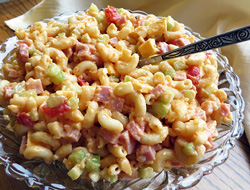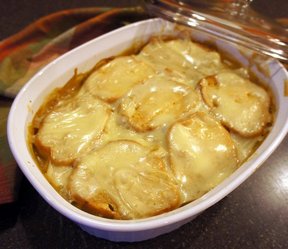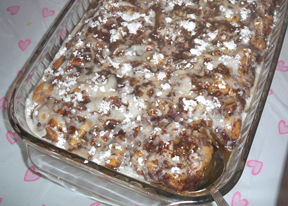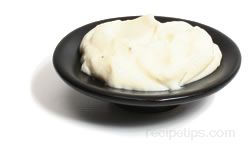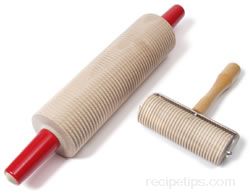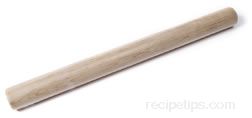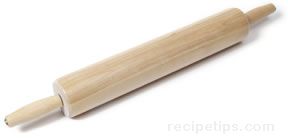Similar Content to: Sushi Rolling Mat
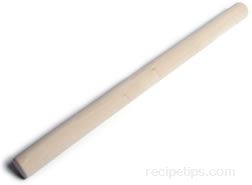
The tapered rolling pin may decrease in diameter from the center to the outer edges or it be tapered only on the ends with uniform diameter across the center section. Since it is formed across the grain of the wood, the surface will be slightly rougher than the straight French pin. Tapered pins are approximately 18 inches in length and are traditionally used to roll out circles of dough for pastries or croissants as the pin easily pivots on center enabling the pin to apply pressure wherever necessary to keep the dough uniforn in thickness. However, when using the tapered pin there can also be a tendency to create low and high spots in the dough because of the taper, so care must be taken to keep the dough uniform in thickness. The pins that taper to the center are often used to roll out thin crusts, allowing the pin to be easily rotated on the center section as the crust is rolled to a very minimal depth.
Straight French pins are commonly used for rolling larger amounts of bread or pastry dough. This pin has two blunt ends that may at times be used to crush or compress ingredients being mixed into the dough or when the dough is cold and less workable. However, it is best not to use either type of pin for crushing ingredients that may cause the surface of the pin to dent.
Both pins are well balanced and are usually preferred by those who like to have a closer touch between the hand and the dough, getting a tighter grip for a heavier touch or allowing a lighter touch when softer rolling is needed. This preference allows dough to be prepared in a manner that works the various dough textures fully and more effectively for the baker. When cleaning the surface of the pins, do not bathe the pin in great amounts of water, which only serves to add unnecessary moisture to the wood. Instead, use a damp cloth or a dough scraper to remove unwanted materials.





